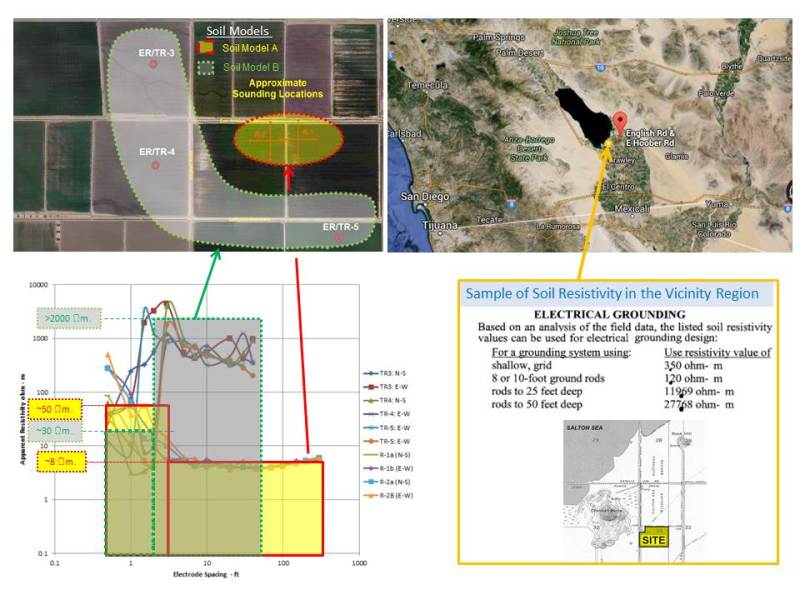Hi All,
I have a soil measurement as it is shown in the attached excel file. It is a Wenner method. I know measurements are not good. What is your suggestion to come of with a soil model to be a good representation of the soil model for the site.
Thanks,
I have a soil measurement as it is shown in the attached excel file. It is a Wenner method. I know measurements are not good. What is your suggestion to come of with a soil model to be a good representation of the soil model for the site.
Thanks,

